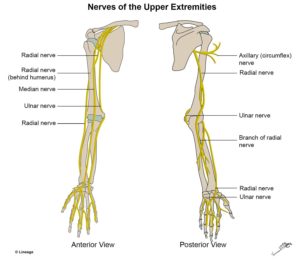The 6 words that I get asked every day…
It is 12:20pm, and I am treating my 16th patient for the morning…
And I hear the story start… “so now that you have fixed my knee, can I squat?”
In short (and the audio in my head sounding pretty loudly internally says)… “No, you banana. You’ve had this for 2 months and you waited until now to get it fixed. This might take a while”. I then speak “Unfortunately not yet. Your knee is not stable enough to squat. Why don’t we start with some simple muscle recruitment and muscle timing and then introduce load until you can squat pain free. How does that sound?”
I can see the disappointment in Jason’s face, but the consequences of not waiting to squat would leave a much sadder and angrier face than just delaying his training. But it made me think, I answer this question 30 times a day. When is the right time to return to training? When is the wrong time to return to training? And by what gauge do we measure this. Let’s dive is as simple as I can explain it.
No pain = No gain
Unfortunately, while I hear this again and again in my office and many people still believe in this motto, it is far from true. See below for pain and inhibition simply.
When is the right time to return to training?
As long as there is no pain, training or muscle recruitment should happen as soon as possible. The key though is NO PAIN. If you feel pain, you restart the pain process and continual reactivation or continuing activation of this pain process is what leads to chronic or persistent pain. The key to training return is to temporarily forget what you COULD do and focus on what you CAN do.
Using the squat example, start seated and push your heels into the ground as if you were going to do a squat. If there is no pain, repeat x 20. And do this a couple of times a day. Similar to how the body started the pain process, non painful stimulus (training pain free) reinforces the nerve signals that movement is healthy and helps the brain inhibit the pain sensors. See below for example of nerve regeneration.
When is the wrong time to return to training?
We explained above what happens with tissue injury.
The wrong time to return simply is when it hurts. You need to train within your pain free range.
Start small with low graded muscle activation, repeat for a few days and then add 10% per day.
If it hurts, stop immediately as you start to retrain the pain cycle.
By what gauge do we measure this?
As a general rule, training should not hurt. Movement should not hurt.
This generally applies during the movement.
After the movement, a bit of pain is ok. Take DOMS (delayed onset muscle soreness) for example. You go for a run and it feels good. However… the next day your calves feel like a truck drove over them last night. This pain is muscle repairing from the strain you put it through the day before. This pain is great. But if you can;t stand up after sitting down without pain or you get out of bed in pain, this is bad.
When returning from injury, at Health House Clinics, we talk about the 4 hour rule. When injured, ALL movements should be pain free. And repeated pain free. After training the muscle however (or joint), it should feel free and have better range of motion than prior. However if there is pain for up to 4 hours after training, that is ok. Beyond 4 hours and you worked too hard or were too aggressive in your rehabilitation.
Every person has the ability to retrain from an injury or to rehabilitate their existing injury. Our knowledge is how to avoid the flare ups and how to break exercise down into manageable steps for you to complete and for your brain to adapt to without re-injury.



